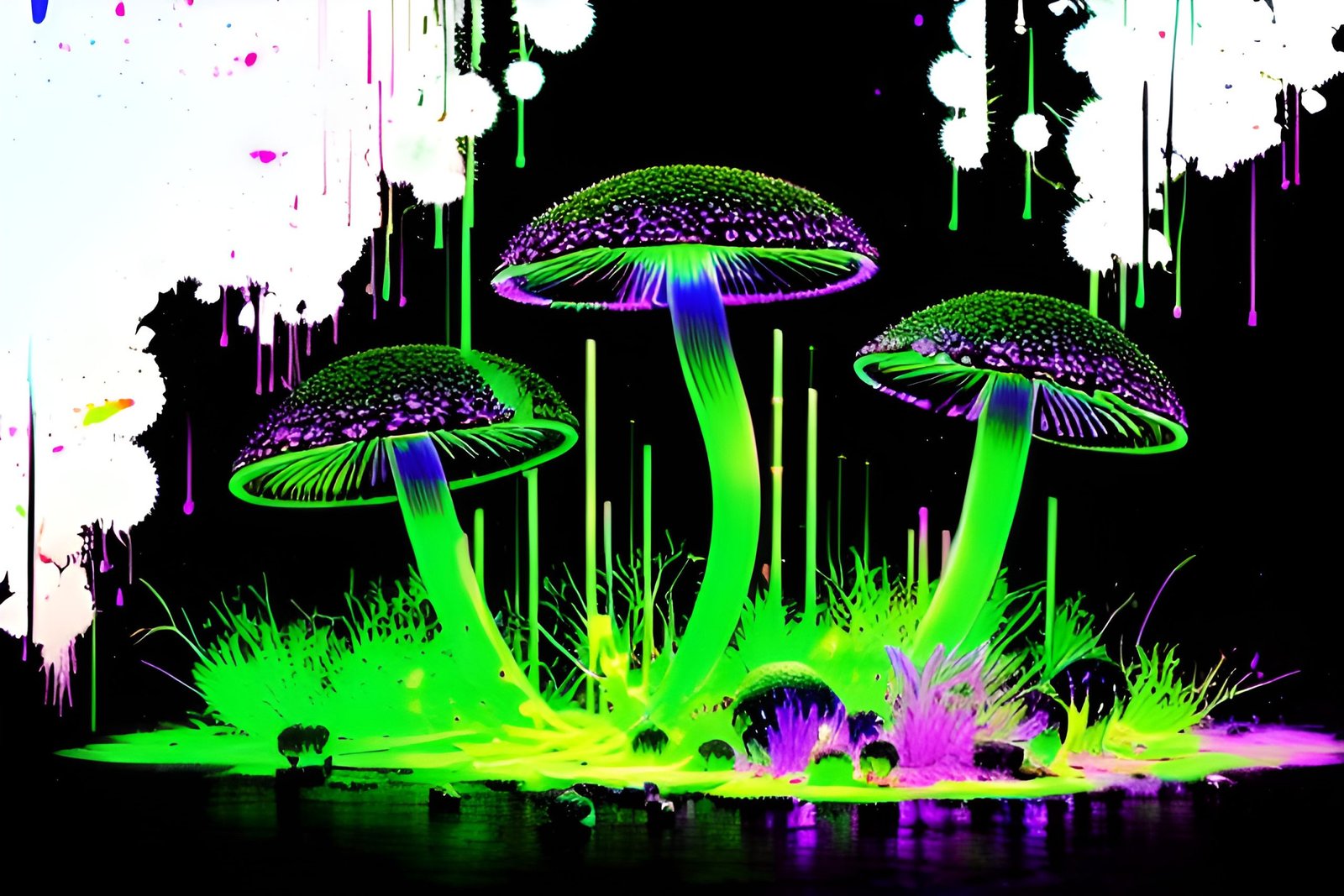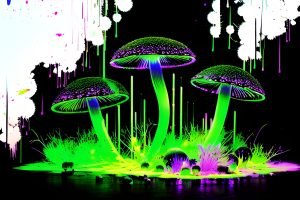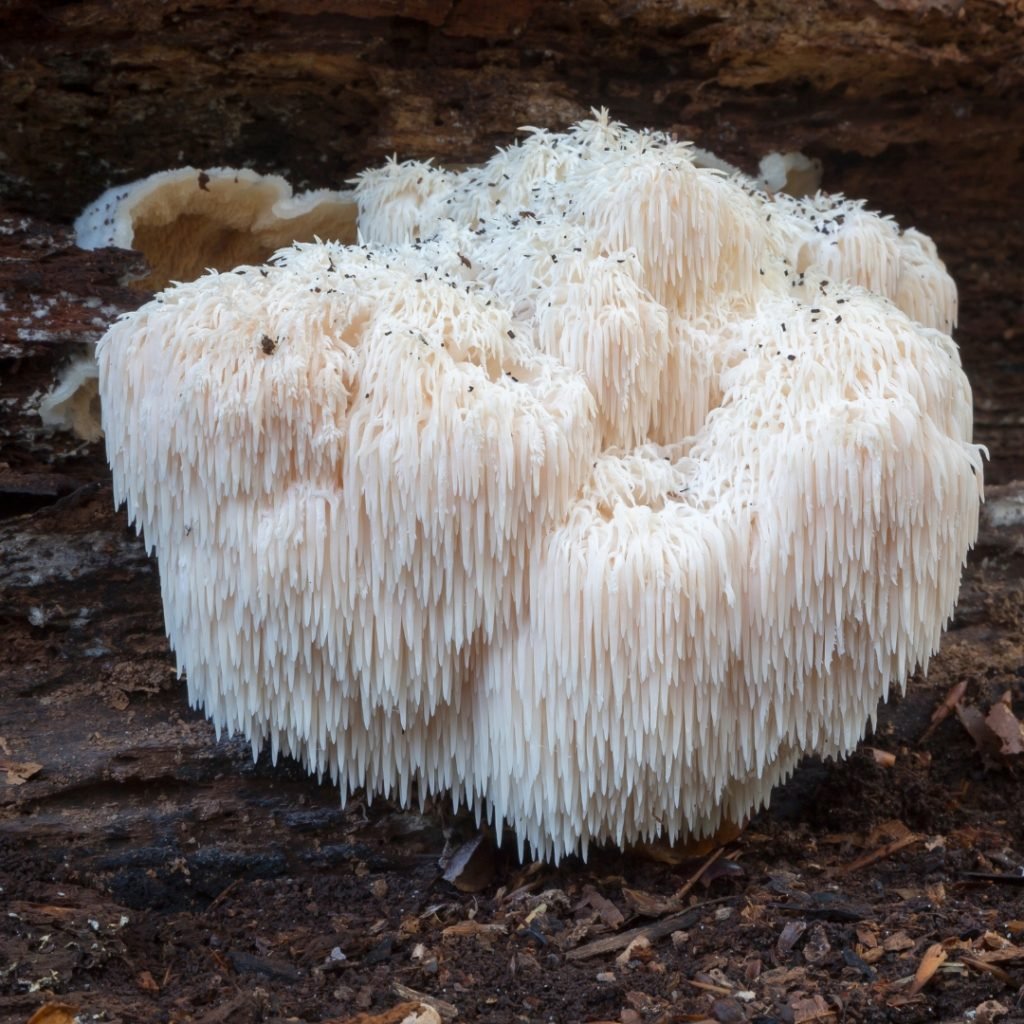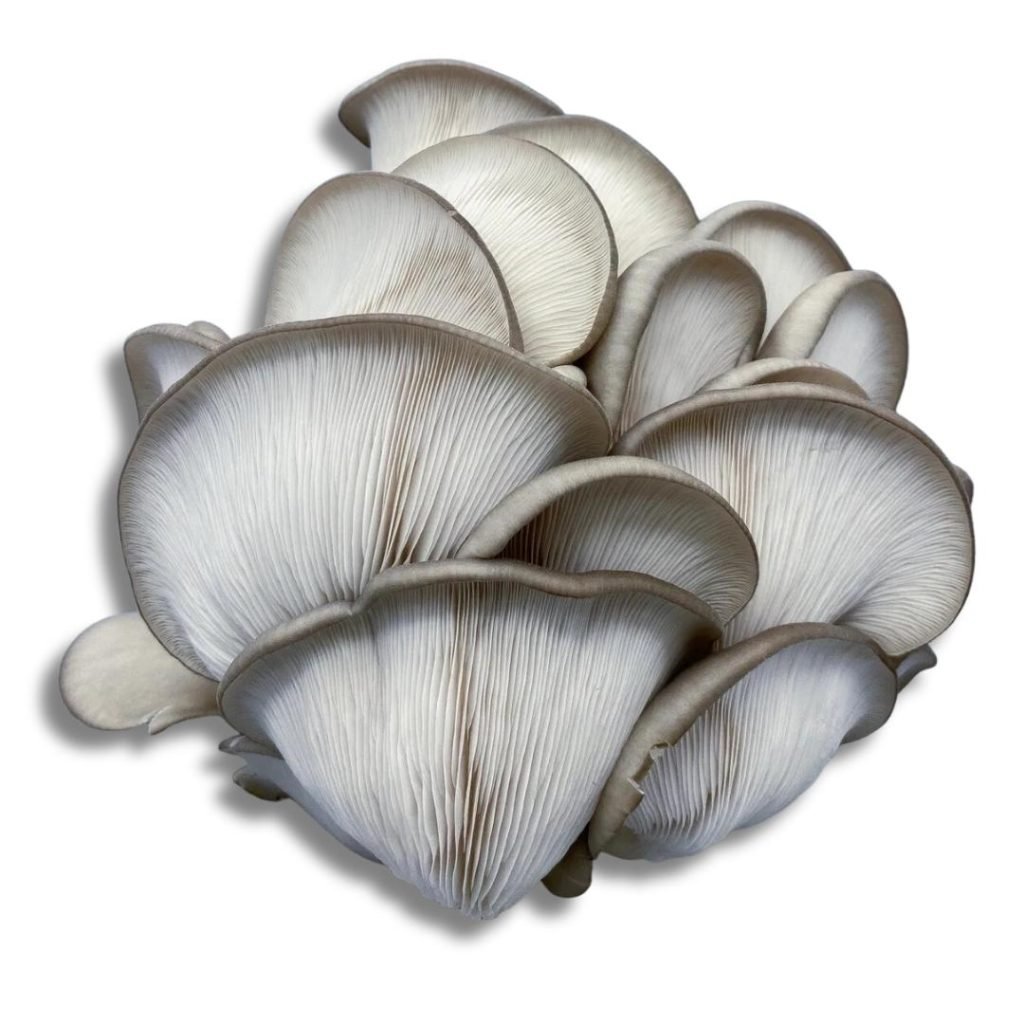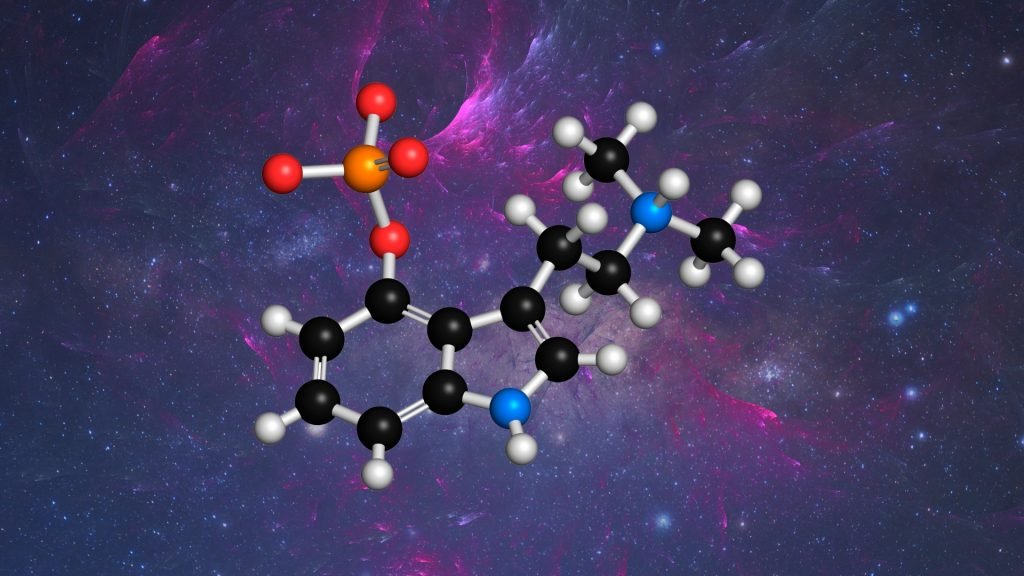Psychedelic mushrooms, also known as magic mushrooms, have had a profound and multifaceted impact on cultures worldwide. These fungi, most famously the genus Psilocybe, contain the naturally occurring psychoactive compound psilocybin, which triggers a range of effects, from hallucinations and altered perception to profound, life-changing mystical experiences. This article explores the captivating influence of these mystical organisms on global culture, from ancient traditions to modern artistic movements and scientific research.
Ancient Roots: The Use of Psychedelic Mushrooms in Traditional Cultures:
The cultural impact of psychedelic mushrooms can be traced back to ancient times. In Central and South America, these mushrooms were used in religious and shamanic rituals. Pre-Columbian artifacts such as stone carvings and paintings depict mushrooms, indicating their significance in these societies.
In the Mazatec region of Mexico, the use of Psilocybe mushrooms has a long history in spiritual and healing practices. María Sabina, a renowned Mazatec shamaness, used these mushrooms in her healing rituals, creating a profound impact on the people she treated.

The Psychedelic Revolution: Mushroom Magic in the 20th Century:
The modern cultural impact of magic mushrooms in the West began in the mid-20th century when R. Gordon Wasson, a mycologist and vice president of J.P. Morgan, participated in a Mazatec mushroom ritual led by María Sabina. Wasson’s account of this experience, published in Life magazine in 1957, introduced psychedelic mushrooms to the wider world and triggered a surge of interest in these fungi’s mind-altering properties.
In the 1960s and 70s, magic mushrooms became a cultural symbol of the psychedelic revolution. Figures such as Timothy Leary, Terence McKenna, and the band The Grateful Dead popularized their use. These influential figures espoused the mushrooms’ potential for personal growth, creativity, and spiritual insight, shaping the countercultural movement and leaving a lasting impact on music, art, and literature.
The Renaissance of Psychedelic Research:
In recent years, there has been a renewed interest in the potential therapeutic effects of psychedelic mushrooms. Institutions such as Johns Hopkins University and Imperial College London are studying psilocybin’s effects, marking a renaissance in psychedelic research. Early results suggest potential applications in treating mental health disorders such as depression, anxiety, and post-traumatic stress disorder.
This resurgence of interest in psychedelic mushrooms has further influenced contemporary culture. Michael Pollan’s book “How to Change Your Mind” and the documentary “Fantastic Fungi” have popularized the science and lore of psychedelic mushrooms, spreading awareness of their potential benefits.
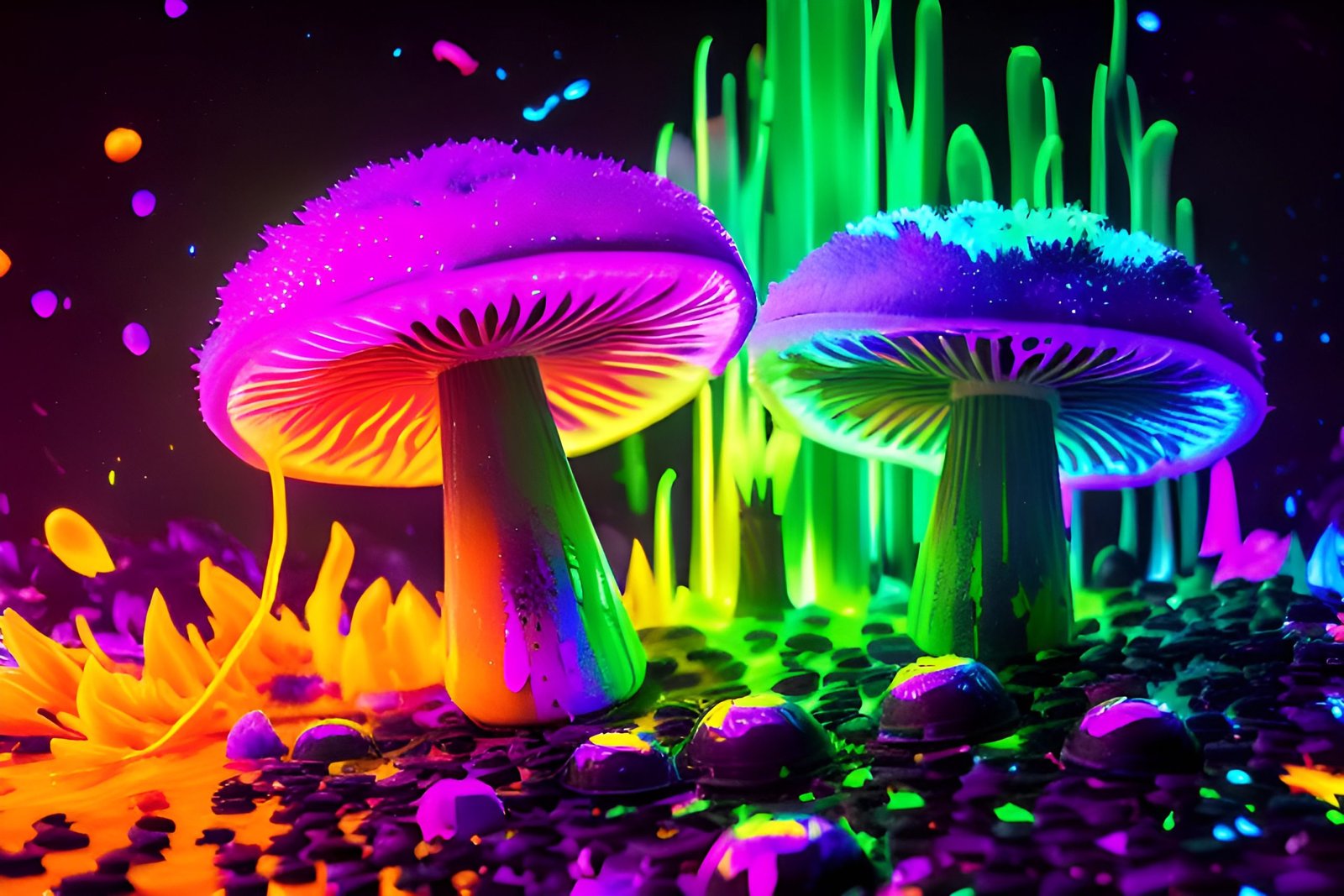
Psychedelic Art and Music:
Psychedelic mushrooms have had a profound impact on art and music, with artists and musicians using the visual and auditory hallucinations as creative inspiration. The vivid, intricate patterns and vibrant colors often seen in psychedelic art can be linked to these hallucinatory experiences.
The influence of magic mushrooms is evident in various musical genres. Psychedelic rock bands like Pink Floyd and The Beatles have used the altered states of consciousness induced by these mushrooms to fuel their creativity. In more recent times, electronic music genres such as psytrance continue to draw inspiration from psychedelic experiences.
Conclusion:
The cultural impact of psychedelic mushrooms is wide-reaching and deeply rooted. From the ancient rituals of the Mazatec people to the countercultural revolution of the 1960s, from the realm of artistic expression to the frontiers of medical research, these powerful fungi have shaped and continue to shape human culture in profound and fascinating ways. Truly, the magic of mushrooms extends far beyond their biological existence, permeating the very fabric of human society.
The content provided on the 🍄 Mushroom Network is for educational and research purposes, aimed at fostering a deeper understanding of mycology. We don't endorse illegal activities or reckless behavior regarding the use or cultivation of specific mushroom species. Comprehending and respecting local laws concerning psychoactive fungi is your responsibility. Furthermore, always consult a healthcare provider before consuming any substances; our content doesn't replace professional medical advice. We don't promote personal use of these substances, but aim to educate on their scientific aspects. Any actions taken based on our information are at your own risk, and we aren't liable for any associated losses or damages. Always prioritize safety and legality in your mycological explorations.
Recommended Reads:
False Parasol (Chlorophyllum Molybdites)
SCIENTIFIC NAME: (Chlorophyllum Molybdites) COMMON NAME(S): False Parasol | Green Vomiter | Green-Spored-Parasol | Green...
Read More...Substrate for Mycology: A Comprehensive Guide on Hardwood Pellets
Journey into the rich tapestry of mycology, diving deep into hardwood pellets – a favored...
Read More...Nature’s Vegetarian Chicken: The Science Behind the Texture and Flavor
Strolling through the forest, it’s impossible to miss the flamboyant Chicken of the Woods mushroom,...
Read More...Mushroom Magic: Exploring the Cultural Impact of Psychedelic Fungi
Psychedelic mushrooms, also known as magic mushrooms, have had a profound and multifaceted impact on...
Read More...Whoa there, Spore Sport! 🍄 Looks like you’re not logged in yet. Don’t you know what you’re missing? MYCO-CREDITS! Imagine all the fungal fun you could have. It’s like finding a Morel in May and not picking it. Tragic, right? Log In or Become a Myco-Patron and start racking up those credits. It’s more rewarding than finding a mushroom in your backyard! 🌟🏡

